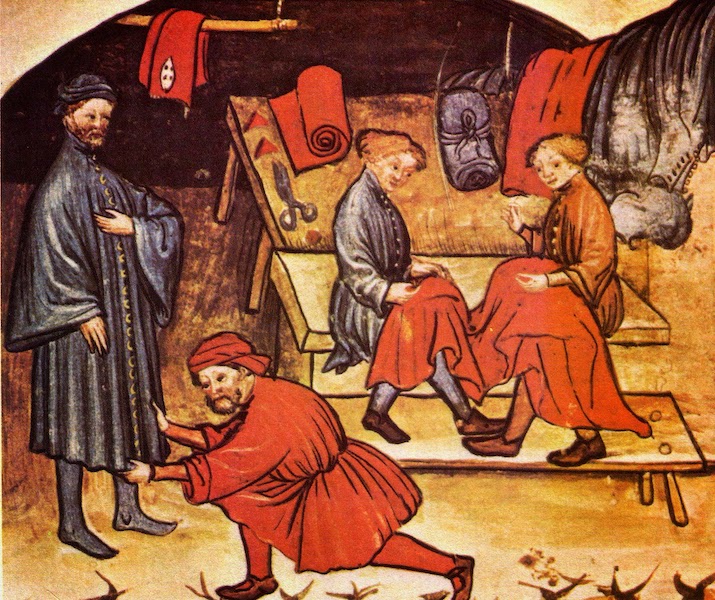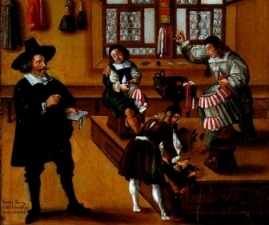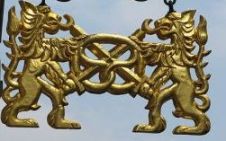Guilds in the Middle Ages
During the Middle Ages, guilds were organizations or unions of artisans. Every guild, such as the tanner’s or candlemaker’s guild, concentrated on a particular trade.

Guilds in the Middle Ages
Why were guilds important?
During the Middle Ages, guilds were very significant to society. They made it possible for trade skills to be taught and passed down through the generations. Guild members had the chance to advance in society by working hard.
Guild members were shielded in a variety of ways. The guild provided support to its members in times of need or illness. They set the hours of labor and the working conditions. Additionally, the guild forbade non-members from offering rival goods for sale. Even the hefty levies levied by the lords and kings were waived for certain guild members.
Guilds benefited others besides their members. They maintained a number of policies that served to maintain uniformity in both pricing and work quality. Customers benefited from knowing they were obtaining a quality product at a fair price because of this.

Guild Positions
During the Middle Ages, the roles of apprentice, journeyman, and master were well established within each guild. Typically, apprentices were teenage boys who signed up to work for a master for a period of seven years. During this time, they would learn the craft and get food, clothing, and housing in exchange for putting in a lot of work for the master.
After completing the apprenticeship, he was promoted to journeyman. He would still report to a master as a journeyman, but he would be paid for his labor.
The master was the highest rank in the craft. A journeyman would require the guild’s permission in order to become a master. In addition to demonstrating his abilities, he would have to use politics to win people over. He may start his own business and train apprentices after becoming a master.
Types of Guilds
During the Middle Ages, there may be up to 100 distinct guilds in one large city. Weavers, colorists, bookbinders, masons, painters, bakers, leatherworkers, embroiderers, cobblers (shoemakers), and candlemakers are a few examples. They were referred to as craft guilds.
Guilds for merchants existed as well. Merchant guilds governed the town’s trading practices. They had the potential to rise to great power and dominate the local economy.

Facts about Guilds in the Middle Ages
- Powerful guilds had their own hall in town where they would hold courts to settle member disputes and hand out punishment to those who broke the rules.
- Even though many women during the Middle Ages learned skilled crafts, they were not allowed to join a guild or form their own guild.
- The word “guild” comes from the words tribute or payment, which the members had to pay to guild.
- A Journeyman had to produce a “masterpiece” to be approved by the guild masters.
Read also: Feudal System in Middle Ages
 The First Encyclopedia Your First Knowledge Home
The First Encyclopedia Your First Knowledge Home
